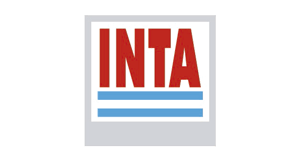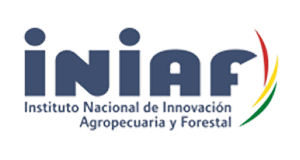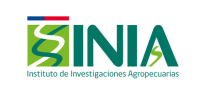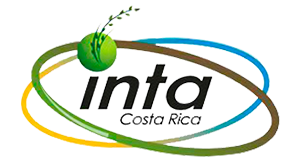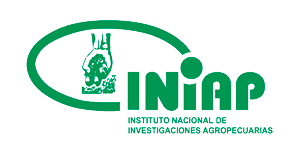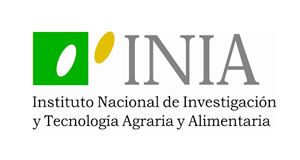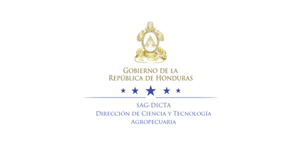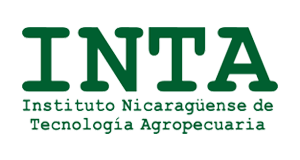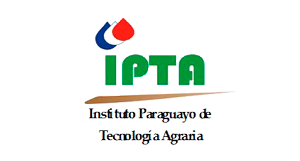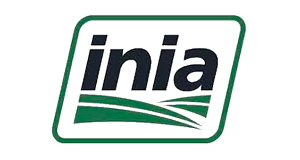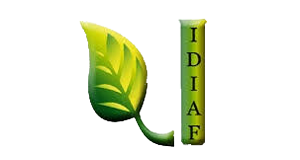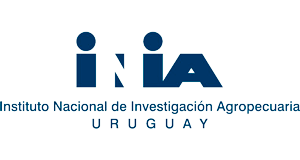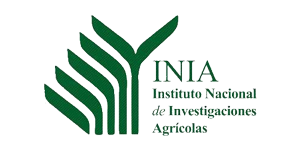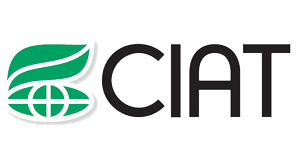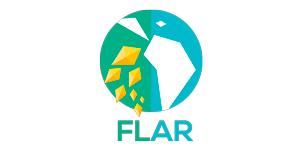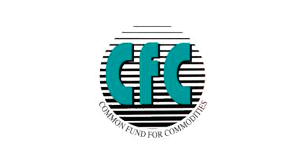Improving agricultural productivity in the Dry Corridor of Nicaragua
An initiative to promote agricultural diversification and the efficient water use in Nicaragua.
Context of the story
The Dry Corridor covers 21% of the surface and is inhabited by 73% of the country's population. It has a long dry season and the rainfall distribution is erratic. Climate change is generating increases in the intensity and frequency of droughts affecting agriculture, which is vital in the regional economy. Family agriculture accounts for 87% of farms and is very vulnerable to climate change. The Nicaraguan Institute of Agricultural Technology (INTA), together with other institutions in the country, lead the development, validation and transfer of technologies to counteract the situation, with a focus on integrated water management (GIRH, for its Spanish acronym).
Evaluating production models.
The implemented initiative
FLAR and CIAT developed a successful experience in water harvesting systems in the Dry Corridor of Nicaragua. The experience was presented to a competition on successful innovations for the adaptation of family agriculture to climate change, organized by FONTAGRO, the GEF and the IDB. The case was a winner and showed great potential for large-scale use. Consequently, the Nicaraguan authorities asked FONTAGRO and the GEF for support to conduct a pre-feasibility study to guide a process of diversification, increase of agricultural productivity and improvement of value chains, based on water harvesting.
Analyzing the feasibility of productive diversification.
The technological solution
Qualitative and quantitative methods were used to analyze information collected by various institutions, comprising 145,333 family farms in 108 municipalities of the Dry Corridor. Results were used to characterize agricultural production systems and make recommendations for the selection of farmers for future interventions. A technical-economic-financial analysis of different productive and water management models was carried out, considering the type of family agriculture (subsistence, transitional and commercial). The feasibility of implementing the different models was determined by evaluating their economic returns. Value chains for different products were also analyzed. The risks associated with their implementation were evaluated. Finally, a participatory workshop with 42 representatives of various organizations working in the Dry Corridor was held, to determine strengths, weaknesses, opportunities and threats of the various models.
Water harvest gives us security against drought.
Participating countries
Results
• 27 municipalities with severe effects of drought were identified, 33 with high, and 48 with low.
• 5% of family farmers have access to irrigation.
• 59% of the farms are based on maize and beans, 27% also raise cattle, and 11% include cucurbitaceae.
• There is greater adoption of good agricultural practices among farmers with irrigation than those without irrigation.
• The productive and water harvesting models for transitional and commercial family farmers showed high returns, and short payback periods.
• The recommended model for subsistence farmers is based on an increase in soil organic matter.
• The use of drought tolerant varieties was recommended.
• It is feasible to implement diversified production models with high value crops and livestock production and their integration with water management systems.

 Back to the project
Back to the project United States
United States Argentina
Argentina Bolivia
Bolivia Chile
Chile Colombia
Colombia Costa Rica
Costa Rica Dominican Republic
Dominican Republic Ecuador
Ecuador Honduras
Honduras Nicaragua
Nicaragua Panama
Panama Paraguay
Paraguay Peru
Peru Spain
Spain Uruguay
Uruguay Venezuela
Venezuela
